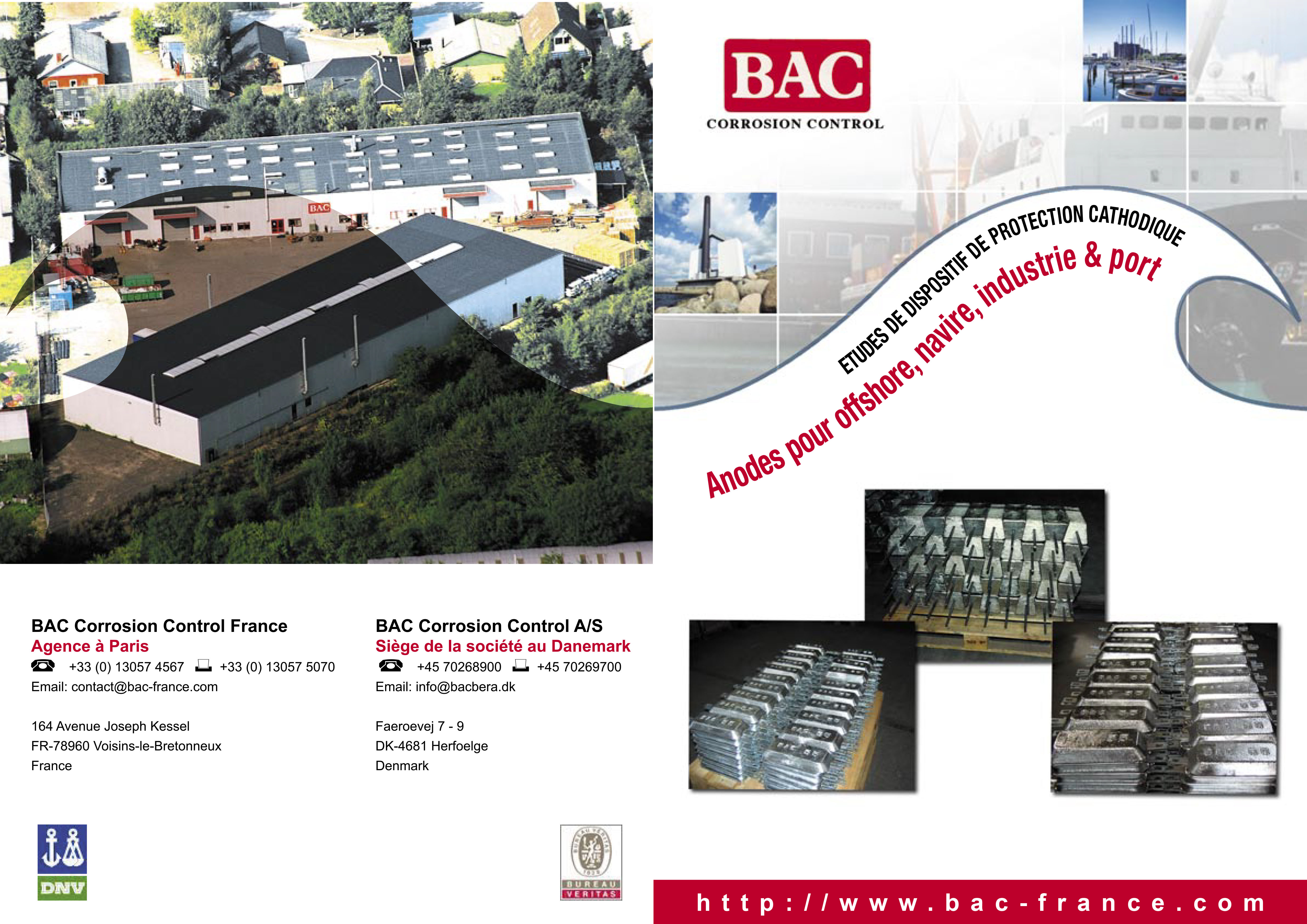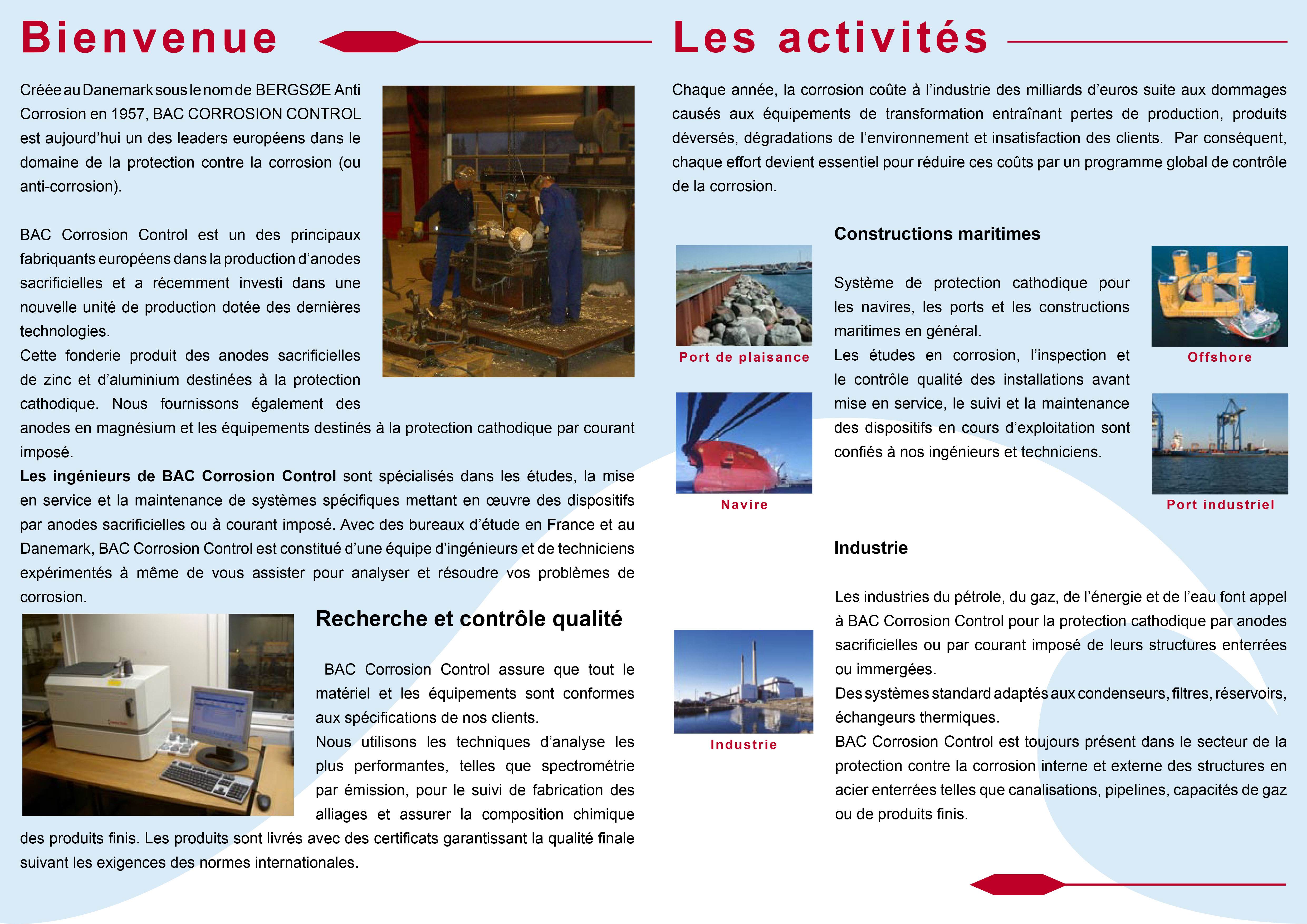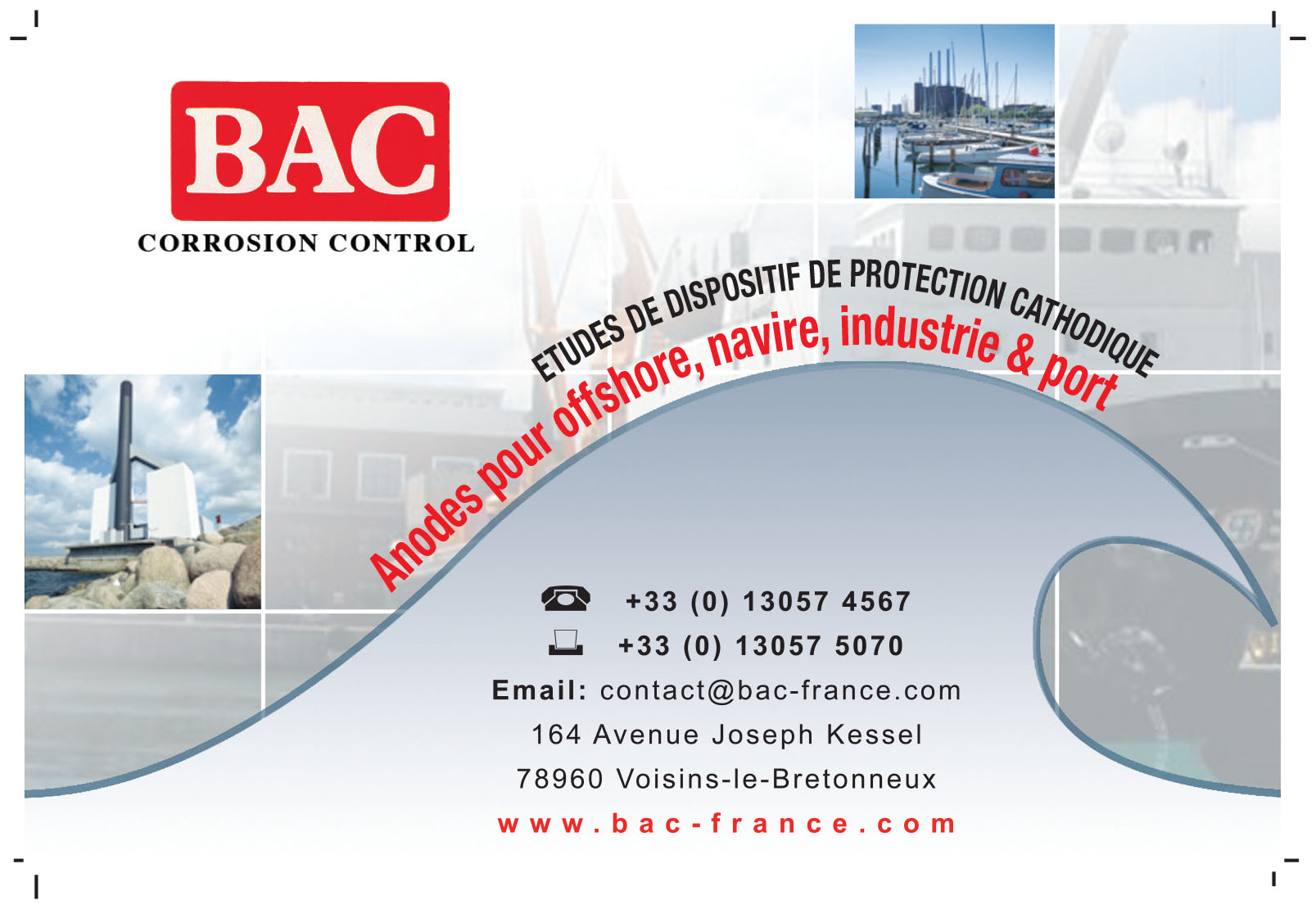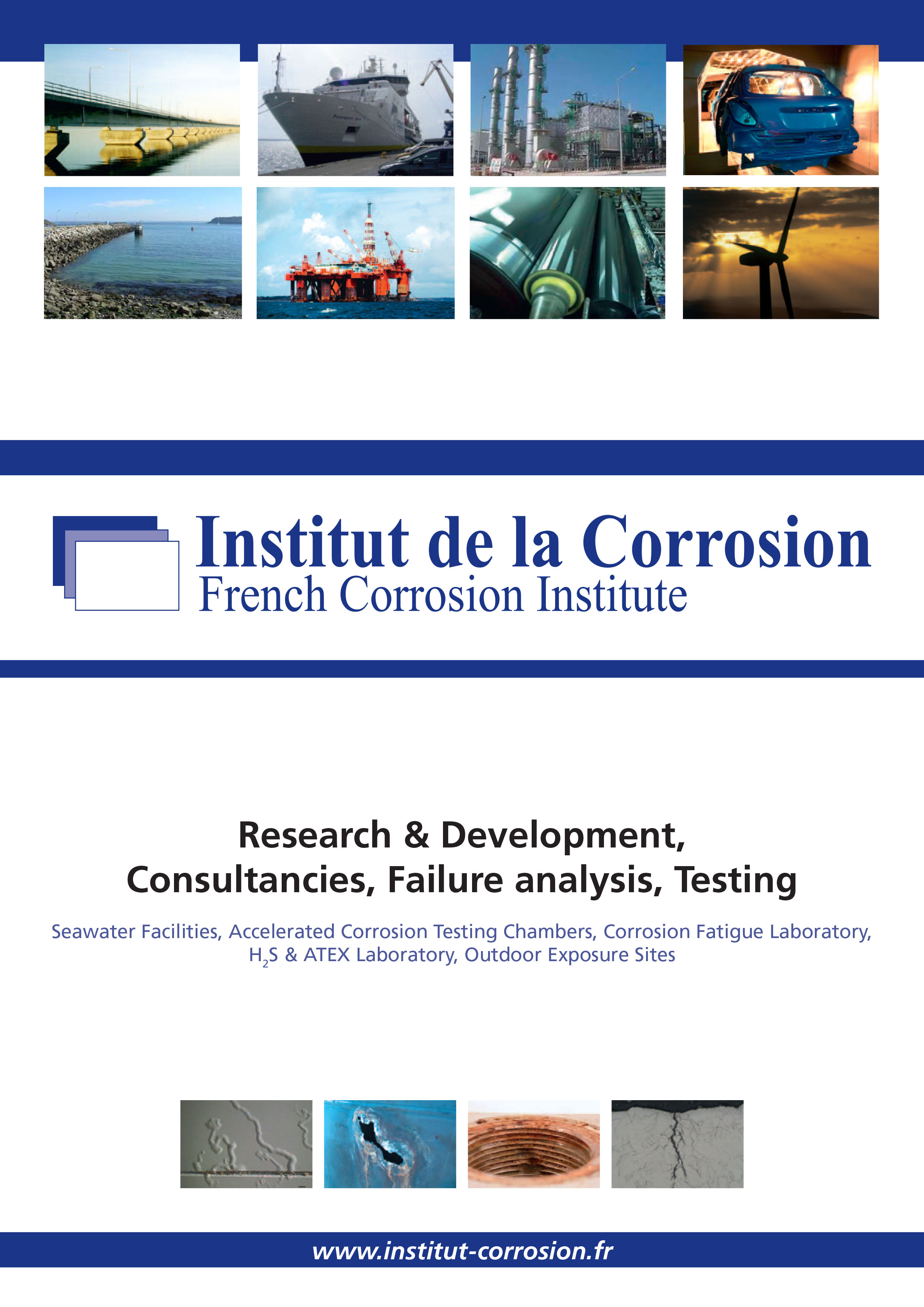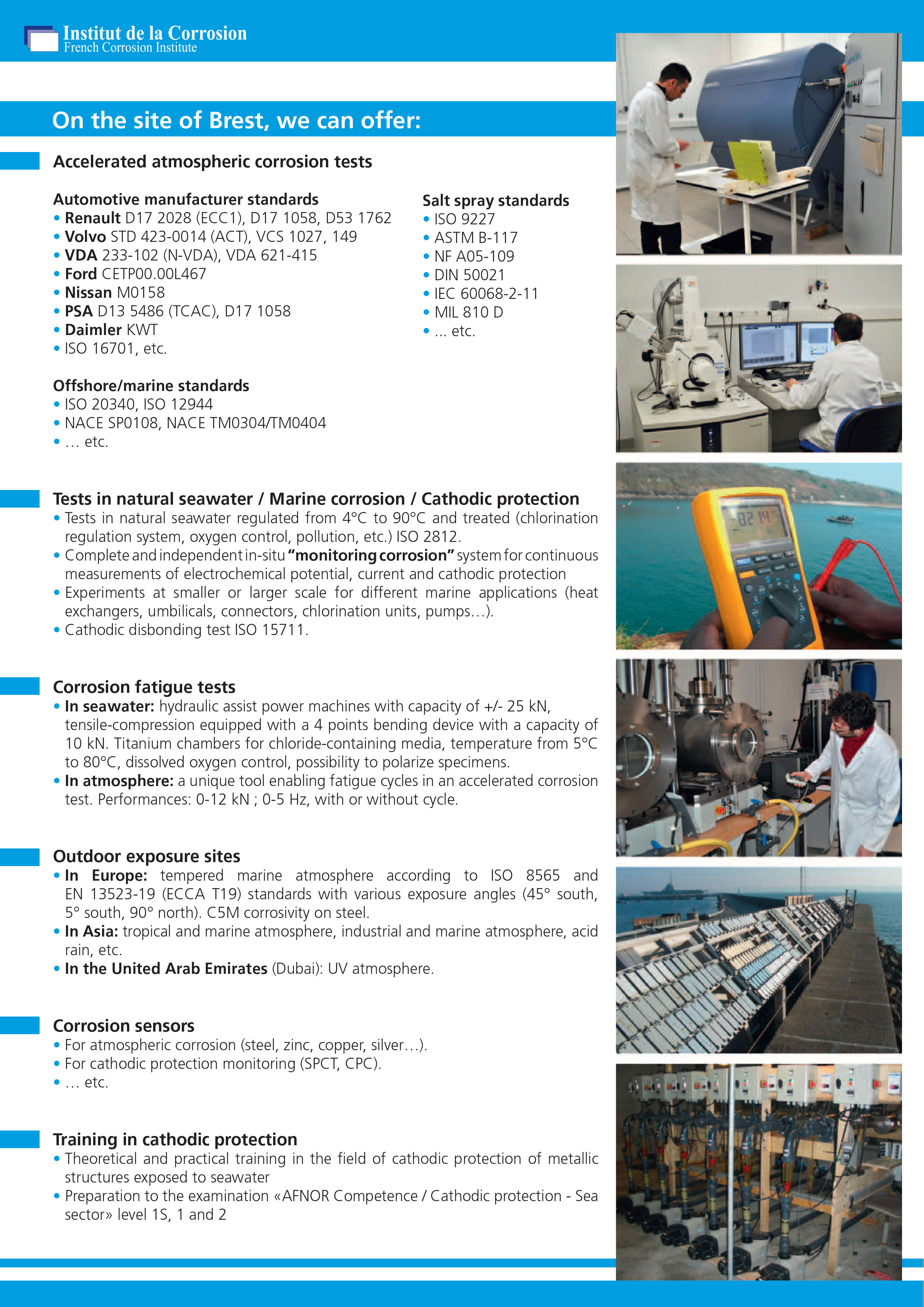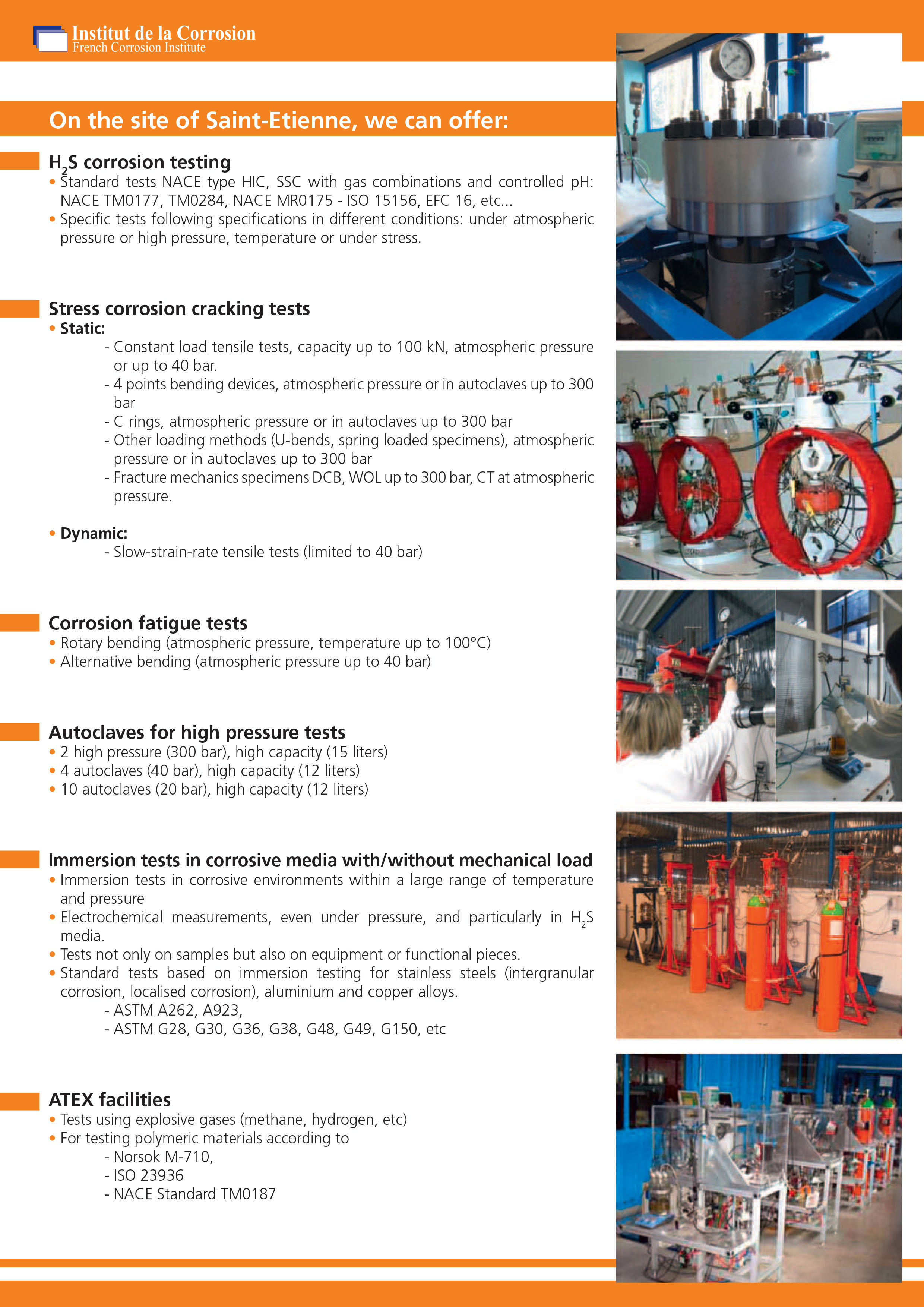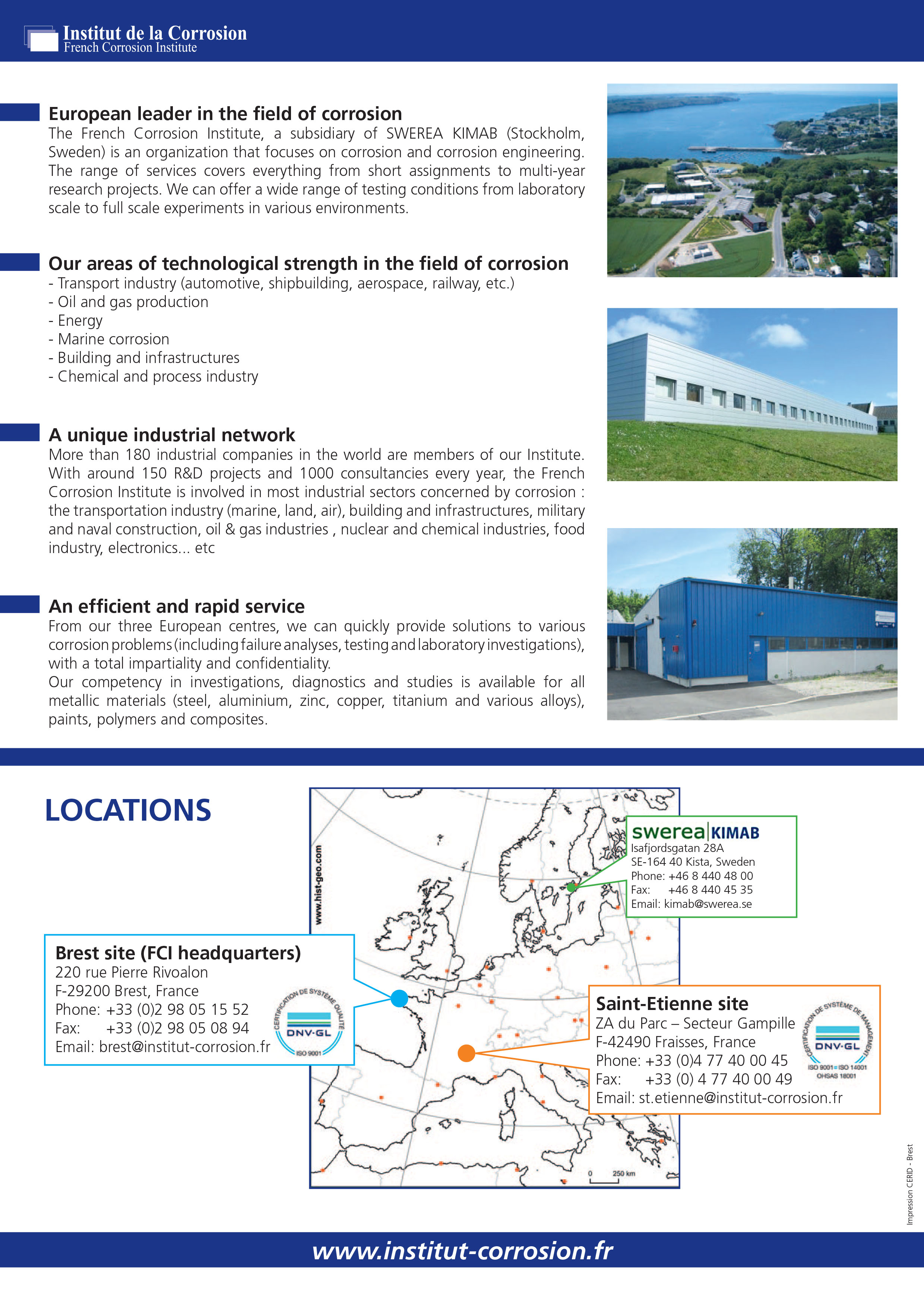The aim of the cathodic protection system design is to define the number, the mass, sizes and the distribution of the anodes in order to be sure that the criterion of the potential at any time during the planned lifespan for the system is maintained. Generally the designed system will be easy to install, which is down to the experience of the designer.
In some complex cases, the use of software may be necessary. The purpose of the software is to determine the distribution of the electrode potential at any point of the system we want to protect.
This distribution of the potential is modelled for different values of protection current. The useful parameters for these calculations have two different origins:
- geometric: size and shape of the structure, shapes and positions of the anodes,
- physico-chemical, depending on the environment around the structure: type (ground, etc), electrical resistivity, chemical composition, if necessary temperature.
Calculations of the distribution of the potential are made in a numerical way by the finite element method or by using integral equations. In the most elaborate methods, the evolution of the surface quality under protection (deposits, etc.) is taken into account. The distribution of potential is then obtained over time: for example, just after start and a few years later.
The results of these calculations identify the areas where cathodic protection may be not effective. They also allow determination of the possible interactions between two independent systems of cathodic protection but applied to structures that are close to each other.


